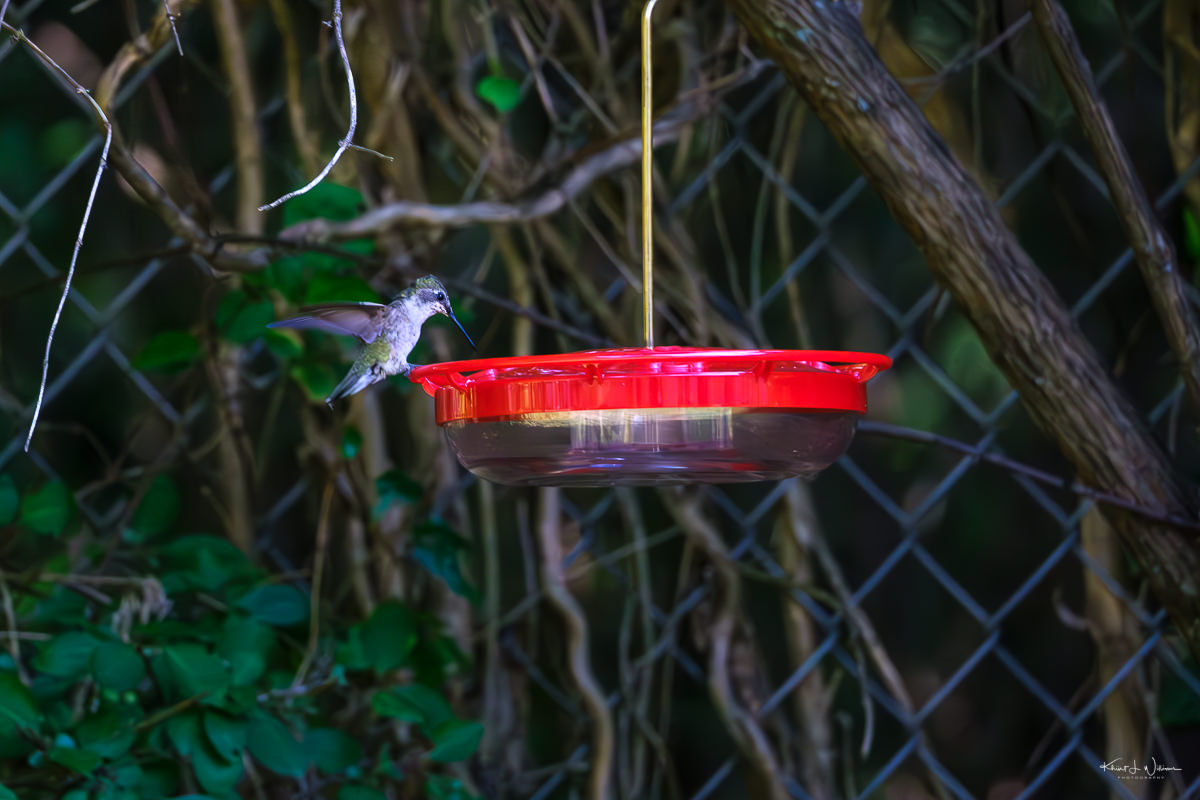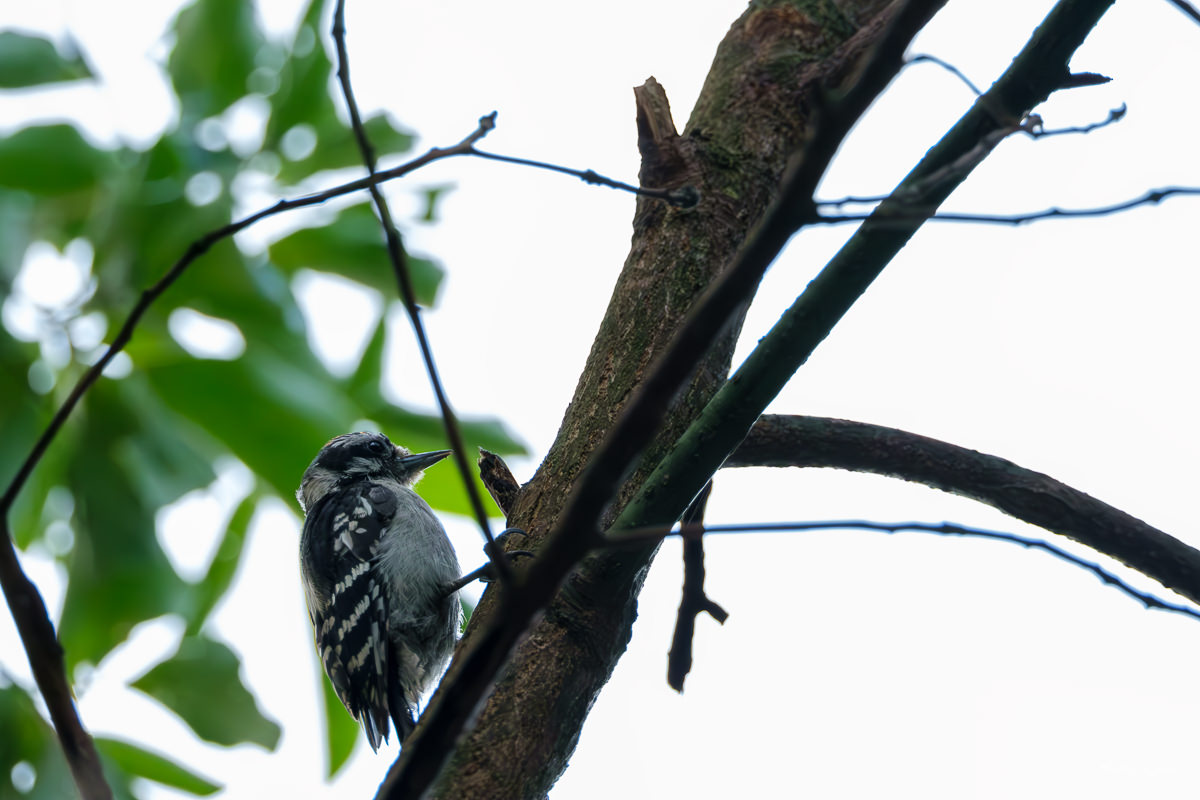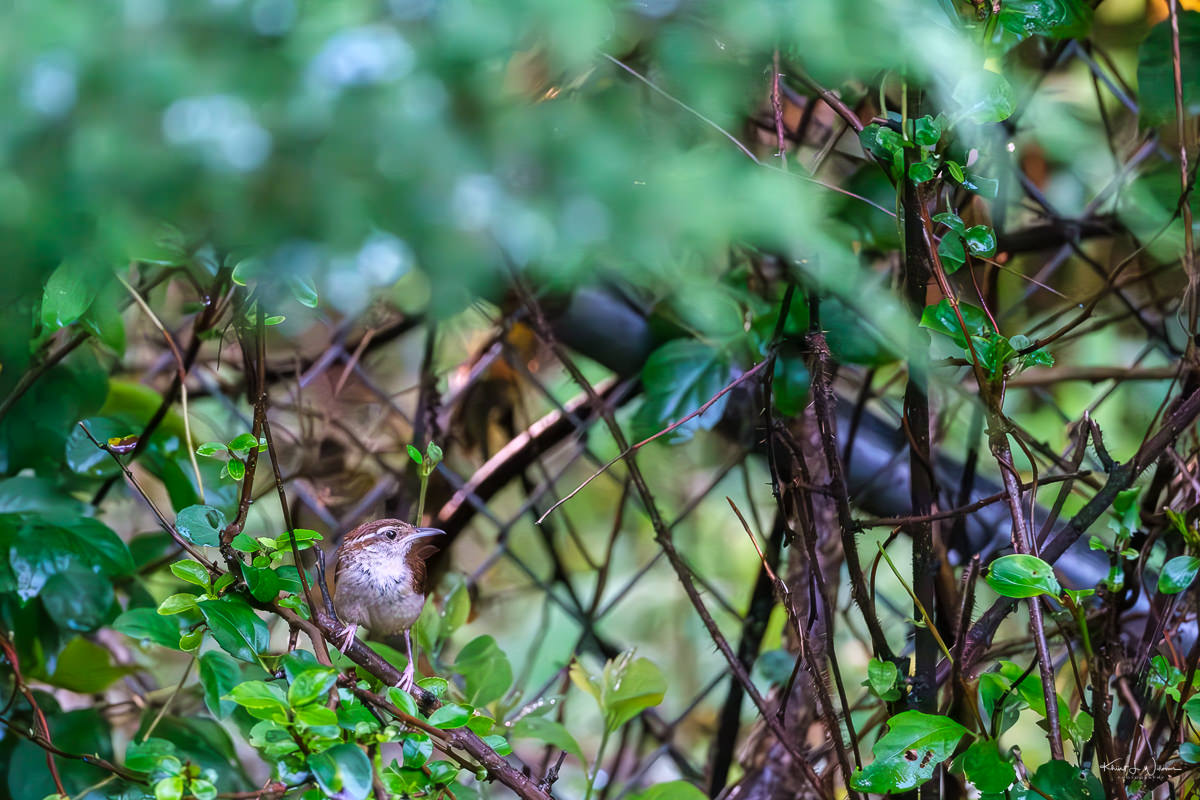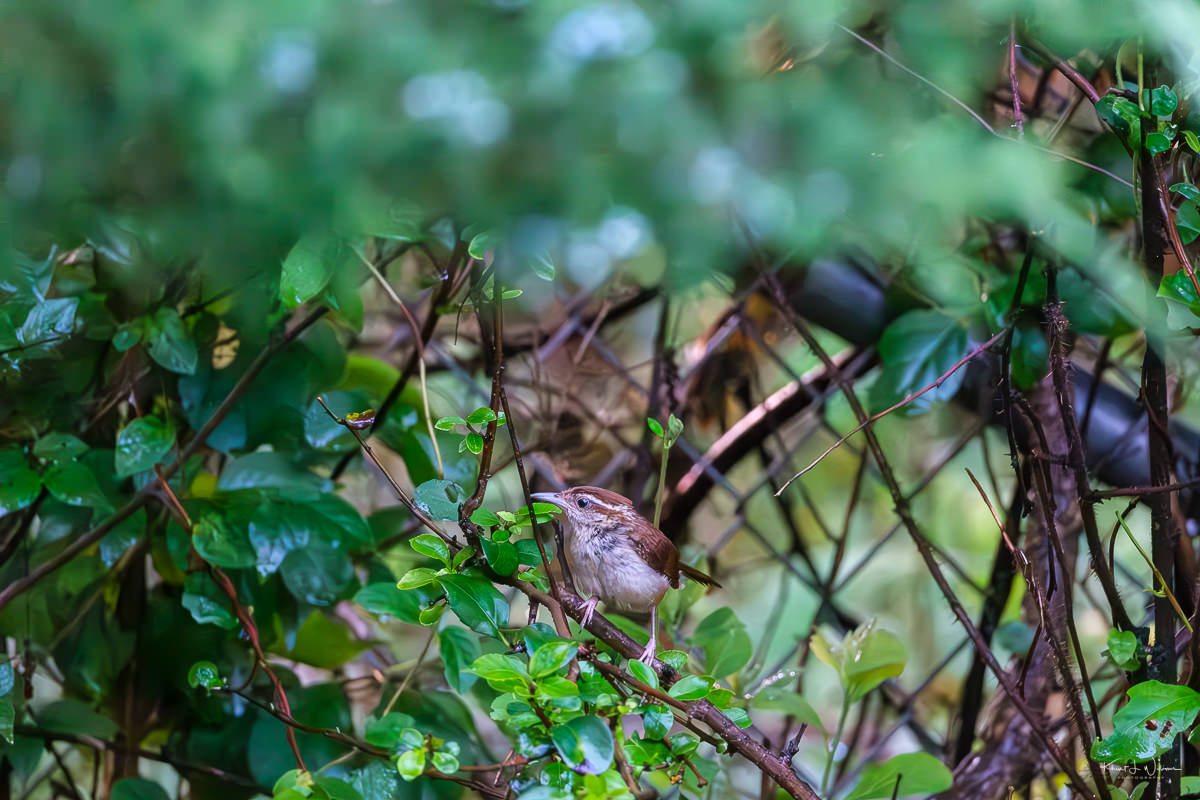So, I recently learned that there are four kinds of hummingbirds in New Jersey, but three are rare. I've only spotted the Ruby-throated ones. The bird in these photographs is either a juvenile or female Ruby-throated Hummingbird.
I'm a big fan of tiny birds, especially hummingbirds. The Ruby-throated Hummingbird beats its wings about 53 times a second. Their speedy movements are fascinating to watch. I've wanted to take pictures of them for ages, and since they like red or orange flowers, over the years, I planted some Eastern Columbine in my balcony garden planter to attract them.
Now and then, I've spotted Ruby-throated Hummingbirds near the flowers, but Eastern Columbine only blossoms in Late Spring to Early Summer, which is a bit of a bummer. I decided to get a hummingbird feeder for the balcony, and that's when I started seeing the Ruby-throated ones more. Taking their picture through the glass door was a pain, though – too reflective. Then there's our cat, Alphonso Mango (we call him Alphie). He loves sunbathing on the balcony, and I was worried he might be a threat to the birds.
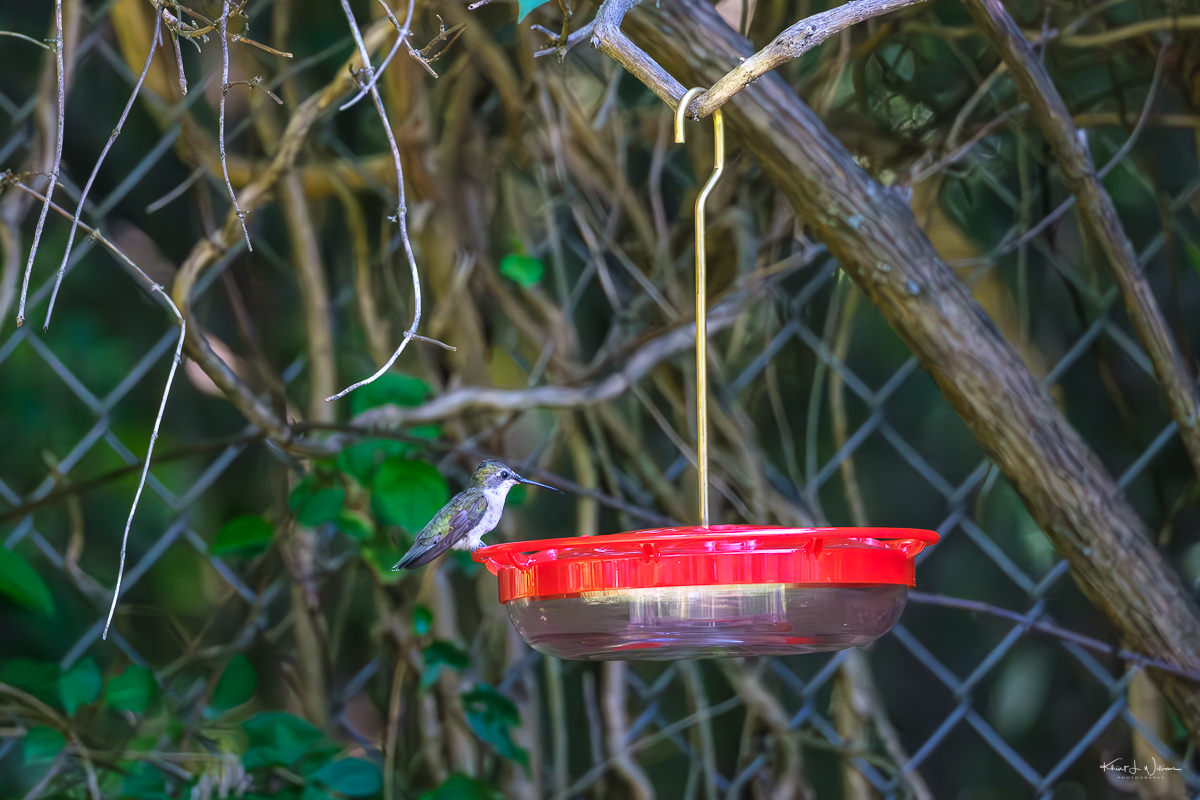
So, I moved the feeder to the backyard, hanging it under some woody vines near the edge fence. It took a week or two, but the Ruby-throated Hummingbirds eventually found it. I figured out when they usually visited the feeder in the mornings and late afternoons, and I'd sit and wait for them. Shooting in the late afternoon light was tricky, and I had to use ISO 12,800 on my Fuji X-T3. The photos had a lot of digital noise, but I made them look better thanks to Adobe Lightroom's Denoise feature.
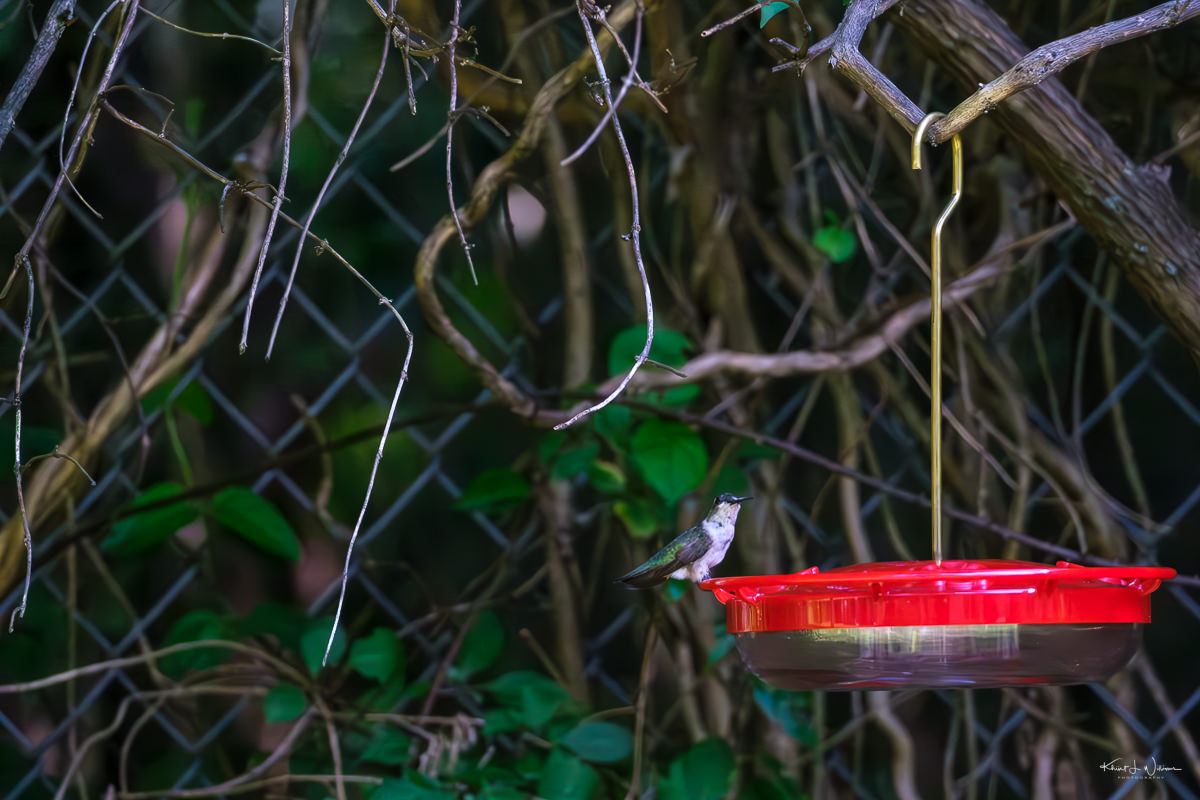
I'm still chasing that perfect shot of a Ruby-throated Hummingbird in flight, but these pictures are the best I can do now.
This weeks LAPC reminds me thats it almost a year since my first visit to The Edge.
